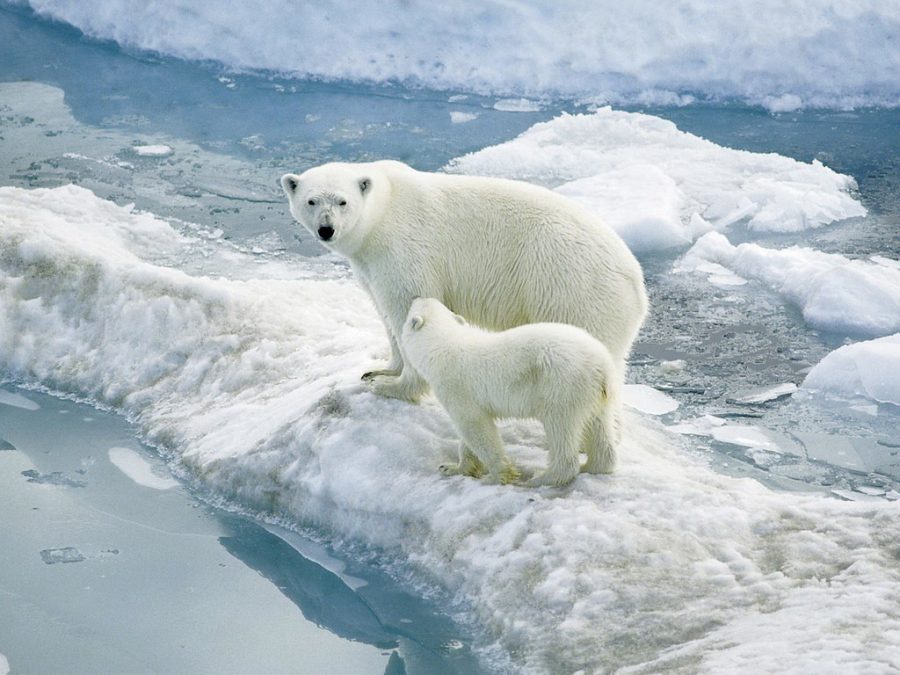The Polar Bear Crisis
March 17, 2021
With global temperatures on the rise, it is necessary to analyze the effects that climate change will have on wildlife. Polar bears have been one of the many species that have suffered the effects of global warming. More specifically, the melting ice in the Arctic Ocean has caused multiple problems for polar bears.
Polar bears rely on ice for their home as well as for hunting. The main sources of food for polar bears are species such as bearded seals which are ice reliant animals, “their dependence on sea ice makes them highly vulnerable to a changing climate” (World Wildlife Fund). This is one of the reasons that polar bears have suffered greatly from climate change. Additionally, polar bears are able to deal with a changing climate to a certain degree; they have genetic variation which allows them to adapt to changes in their environment. However, their reliance on ice has made them vulnerable to the changing climate.
Another issue with climate change is that it has been happening at an increasing rate as opposed to the slower rate at which it naturally occurs. Scientists estimate that by the year 2100, polar bears will have gone extinct. But this is not where the issue ends. Female polar bears have resorted to moving their dens to land instead of on the ice. While this may seem effective, The World Wildlife Fund writes, “drilling along the Arctic Refuge Coastal Plain, the government agency [US Fish and Wildlife] does admit that development could crush polar bear dens.” If polar bear dens are crushed due to oil drilling, this can lead to the death of the female polar bear as well as the cubs. This will result in an increase in polar bear deaths.
However, not all is lost. By taking precautions and steps, the effects of climate change can be reduced. Many organizations such as The World Wildlife Fund and Oceana have taken steps to reducing climate change and pollution. Additionally, developments in policies regarding climate change and pollution have been made which can help slow the rate at which climate change is occuring.
In conclusion, climate change has led to negative impacts on different species and the environment. Polar bears have been one of the many species to have suffered due to their dependence on ice. Though this is happening at a rapid rate, there are ways to reduce our ecological footprint.
Sources:
Kruger, Elisabeth. “Polar Bear | Species | WWF.” World Wildlife Fund, 2000, www.worldwildlife.org/species/polar-bear.




